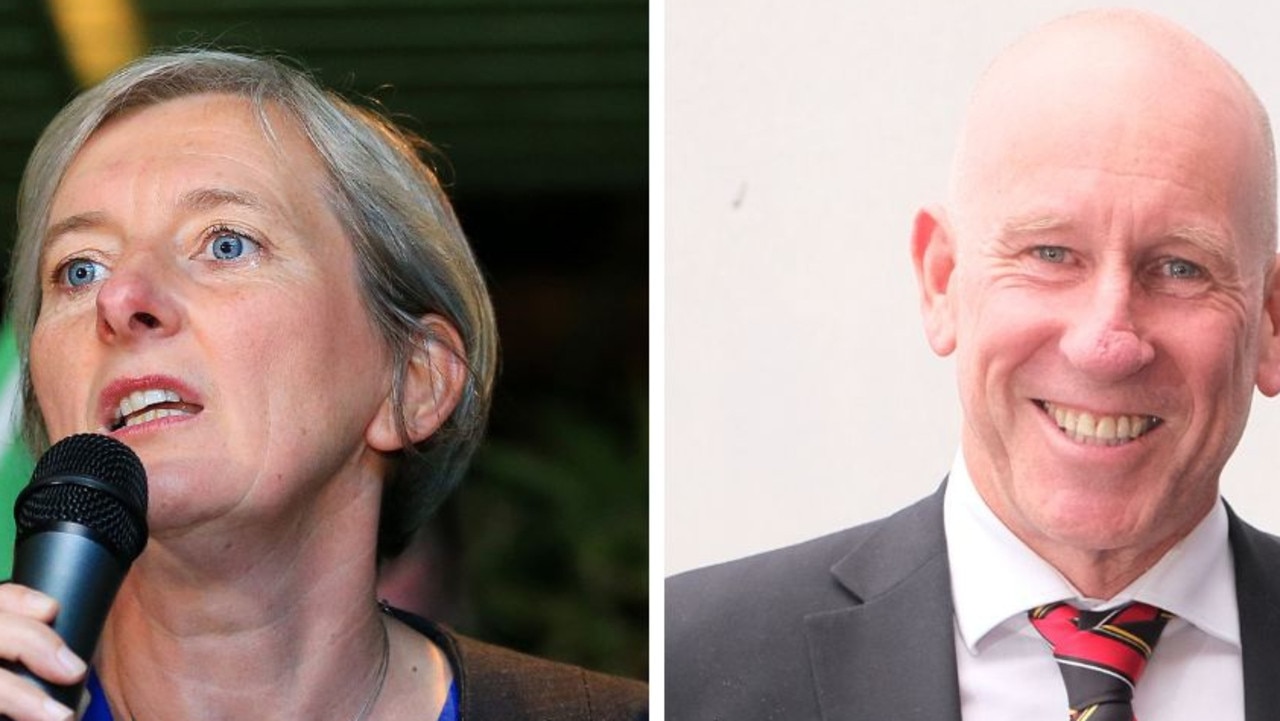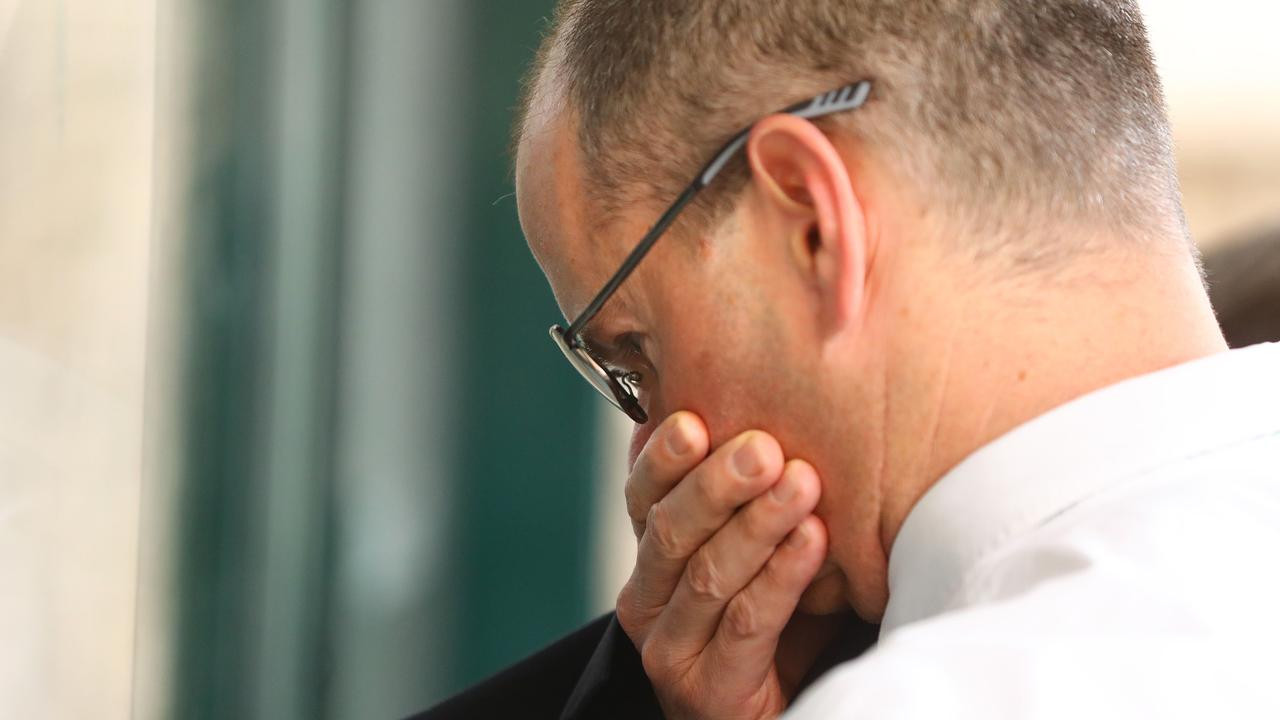CSIRO scientists say urgent measures required at Port Phillip Bay
Port Philip Bay is grappling with a climate crisis as a new report reveals urgent local action is required against rising sea levels.

Geelong
Don't miss out on the headlines from Geelong. Followed categories will be added to My News.
Climate change poses a serious threat to Port Philip Bay and will continue to exacerbate coastal hazards in the future, findings from a damning report to government reveal.
Scientists from the CSIRO have warned ongoing sea level rises to be the most pervasive threat for the coastal zone.
The report, released this week, found The City of Greater Geelong contained a number of “coastal hazard hotspots” due to “extensive low-lying land across the western side of the bay”.
Areas identified as being at risk to these hazards include Stingaree Bay, Swan Bay, Portarlington, south of Point Henry and Point Lillias to Point Wilson.
“Additionally, groundwater hazard affects the low-lying areas around Lake Connewarre due to increases in shallow groundwater and surface water under SLR of 0.5 m and higher,” the report found.
The rural nature of much of Geelong’s coastline provides limited protection like seawalls and revetments commonly found in small coastal settlements, the report notes.
In particular the analysis found protection along the Portarlington section of the coast to be “particularly sparse”, while the coastline adjacent to urban Geelong was more protected and more resilient to rising sea levels.
The report also noted rising sea levels would likely reduce the effectiveness of existing, ageing structures that had artificially modified the coastline since European settlement.
Scientists warned parts of Queenscliff, near Swan Bay, were at heightened risk and would need further action to prevent flooding.
“While some coastal protection infrastructure is present, including a revetment and groynes facing the entrance to PPB, the township is also exposed on the southern side of Swan Bay and these protection structures likely will need extending and upgrading to minimise the hazards from SLR in the future,” they noted.
A Borough of Queenscliffe spokeswoman said council welcomed the release of the Port Phillip Bay Coastal Hazard Assessment.
She said it had waited five years for this research to be completed and shared, and would advocate for the state to incorporate this data into affected planning schemes.

Queenscliffe mayor Isabelle Tolhurst said no council could manage the issue of coastal inundation or climate change on its own.
“It requires regional and state collaboration, and the borough’s advocacy and membership in relevant forums is precisely about pursuing this,” Ms Tolhurst said.
The report recommended bay-wide shoreline profile monitoring, to help better understand sea movements and potential risks.
It suggested parts of the Bellarine Peninsula, between Curlewis and Portarlington, as “priority location(s) for such monitoring and modelling”.
Environment Minister Steve Dimopoulos said the state’s precious coastline was already being impacted by climate change.
“Our focus is on managing the risks, adapting to the changes, and supporting communities and industries to be resilient,” he said.
“The Port Phillip Bay Coastal Hazard Assessment will be used to help local authorities and Victorians make better informed decision around our changing coastal environment.”
More Coverage
Originally published as CSIRO scientists say urgent measures required at Port Phillip Bay









